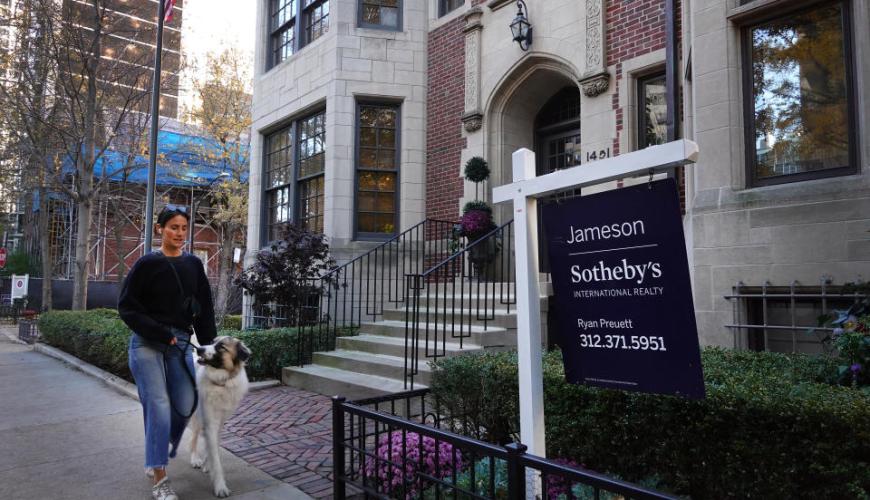Minority Communities Struggle with Unaffordable Housing, Redfin's Report Indicates
- 28 January 2024 2:00 AM

The Redfin Burden Report has revealed that a dearth of affordable homes disproportionately affects minority householders, with rising home costs and stagnating wages taking center stage.
The real estate group analyzed the home listings in 2023 and discovered that an average Black household could only afford 7% of them based on their typical income, while white and Asian families were able to afford 22% and 27% of homes on sale, respectively. Latinos fell into a similar bracket as their Black counterparts, as they could afford only 10% of the property listings.
Redfin began its affordability tracking a decade ago, and its recent findings point to a disheartening truth - only 16% of homes listed in 2023 were affordable for the average American household. The total number of affordable listings dropped to 352,500, marking a 41% decrease from 596,135 the previous year. This is due to the mounting costs borne by homeowners, including inflation, high prices, surging mortgage rates, and housing supply shortages, even in areas that had previously been considered budget-friendly.
In spite of these challenges, however, a silver lining emerges for the future. The household income of non-white families grew at a faster rate than that of their white counterparts in 2023, closing the wage gap by a small margin. As rents start to decrease, it could present an opportunity for non-white communities, who are often renters, to save more for a home purchase.
This housing affordability disparity worsened over the past year in metropolitan areas across America, making homes inaccessible to Black and Latino buyers due to exorbitant rates and prices. In Detroit, one of the country's most affordable metros, just under 32% and 50.2% of the listings were within reach for the average Black and Latino families respectively, compared to the 66% affordable for the typical white household.
In pricier markets such as Anaheim, California, the situation is even more strained. Reportedly, less than 0.5% of homes were affordable for typical Black and Latino households in 2023, compared to nearly 2% for their white counterparts.
According to Redfin, a home is deemed affordable if a buyer uses less than a third of their income for payment. Owing to skyrocketing housing costs, this goal has become increasingly unattainable, exacerbating the racial housing affordability gap.
At a national level in 2023, the average homebuyer needed to earn a minimum annual income of $109,868 to allocate less than 30% of their earnings towards a mortgage for a median-priced house. This accounted for an increase of 8.5% from 2022 and was $31,226 more than the typical household's annual income.
Despite these troubling findings, Redfin's economists predict a brighter outlook for 2024. Factors such as cooling rental prices, softening mortgage rates, and increased housing supplies could potentially improve property affordability within the year. A decline in asking rents for three consecutive months in 2023 could further ease financial burdens for first-time homebuyers. The anticipated drop in mortgage rates would also improve affordability. This could allow more homeowners to list their properties for sale, thereby simultaneously rebalancing the supply-demand dynamic of the housing market.
Improving minority household affordability remains a pressing concern and calls for evolving strategies to address disparities in the housing market. It is yet to be seen whether Redfin's forecasted improvements for the coming year will materialize into substantial change.
